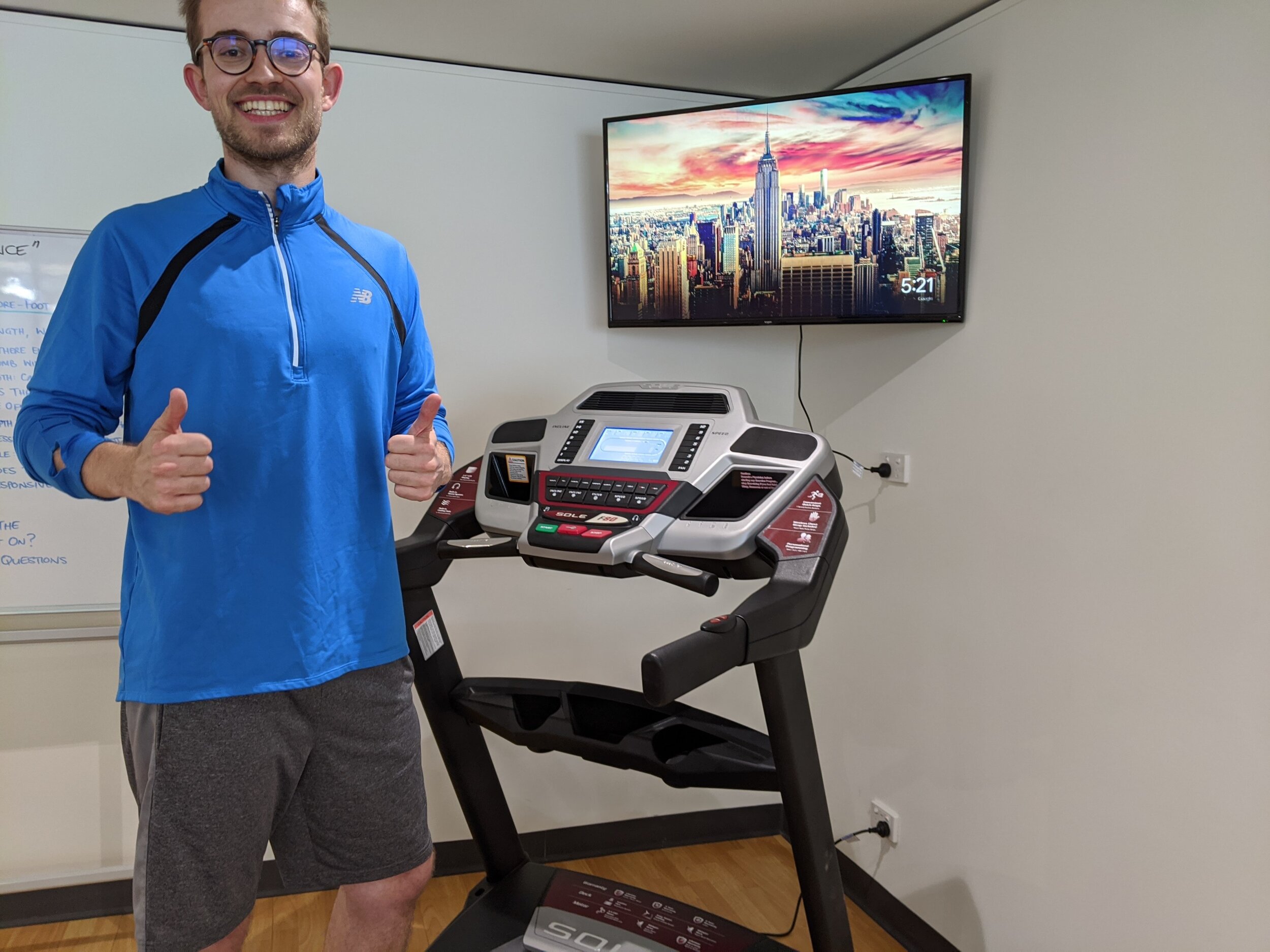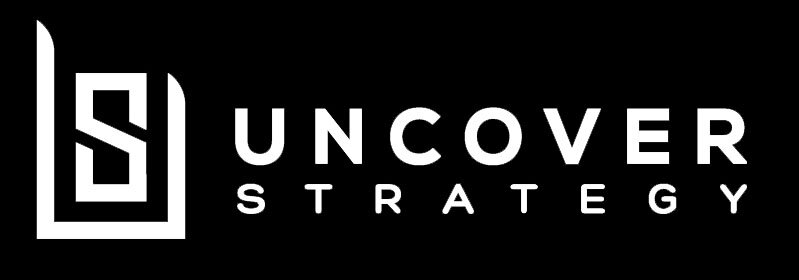How Strategy Can Drive Offline Retail
Creating Value.
With knees that feel close to a 90-year-old (I am 25 as I am writing this post), I realized once again the need for new running shoes in my last training session. I ended up buying shoes from Joggersworld here in Adelaide. However, making this purchase through an offline distribution channel was not my first thought. Regardless, I feel that this story can be exemplary of a strategic initiative in how offline retailers could withstand this decreasing form of shopping (PricewaterhouseCoopers 2020) and utilize strategy to drive customer satisfaction, value, and, ultimately, sales.
In 2013, a young version of myself spent quite a sum on running shoes from Nike. Situated in Dallas, one of the most known Nike outlets in the US offered a vast range of different running shoes in many variations and colors. Lasting quite a while with comfort, they one day ended up in the dryer after a regular quick wash in the washing machine. Yes, not the most intelligent move from my side. The shoes were transformed from a US size 9.5 to about a 5. In short, they became trash to me (I gave them away to my cousin).
So, of course, the first thing I did was jump online. According to Google, I am not alone with this behavior. In fact, according to the research conducted by Google, about 63% of consumers first start their shopping efforts online. Looking around Amazon, eBay & Co., I realized there are many, many options in the field of running shoes.
What is an excellent choice for an intermediate runner? What should one look out for with knee issues? What is really helping, and what is pure marketing magic?
Researching only got me so far.
I truly wanted to invest in health this time, but not too much time. I settled on the decision that I needed expertise with this and ultimately booked an appointment with an Adelaide based company.
Joggersworld switched to an online consultation format during COVID-19, and therefore, remained accessible to its customers with parts of it services.
(Joggersworld, 2020)
The Experience
Some say it is debatable (Venables 2005) as of how much the ‘fitting’ and advertised features of a running shoe can genuinely benefit health and prevent injury while running. However, personally, I felt that I rather have as much possible health benefit added to my running as possible. I did not want to compromise on it again, as I did before (by running in old flat-sole running shoes), even if this meant to fall into a marketing trap. So, I decided to book an appointment through their online booking system.
Showing up way too early for my appointment (excuse my generally very German behavior), I soon found myself in the fitting and analysis area at Joggersworld in Adelaide. Reece Taylor was passionate about finding the right shoe for his customer, which he also expresses through his appearances in a company video program aimed at giving tips for runners. He performed a multitude of steps and analysis, using a self-developed analysis program (check out RunDNA here). The program consisted of several tests that supposedly combined many track points from a device that can be fitted on any shoe while running. After lots of trying out and insightful explanations from Reece, including additional running information, I felt confident that I had made the correct choice. Soon I found myself with new, high-quality running shoes that, in my case, truly helped combat the pain I experienced before.



I am now consistently running 10km and am aiming for my first small hurdle, a 12km run through the city of Adelaide, Australia called the Westpac City-Bay Fun Run upcoming November (connect with me if you want to run together).
Make Offline Shopping Great Again
What is it that can be learned from this approach in regards to offline sales?
Indeed, having the same stores selling the same goods in every city for the same or often higher prices than online stores will not last (PricewaterhouseCoopers 2020). Paying a building, staff, and running a warehouse certainly has an impact on a price tag. There most often are not many reasons, given the product is comparable, to buy it expensive offline.
In a world that is becoming more transparent through online price comparison for many products (Tobias J. Klein et al., p. 1), offline sales businesses could aim at a delivery model that is defined by more than a price and essential consultation. For example, If I know the specific product I want, I jump online and use a price comparison tool such as newegg.com in the US. More specifically, if a store is simply selling a product that can be bought elsewhere, it most often does not distinguish itself from an online market in any way at all. How can this be combatted?
I think the keyword here is value creation.
Joggersworld started developing its own software and analysis program. The value was created by advising people on choosing the right shoe. The extensive expertise and analysis they provided can be seen as an essential service that is hard to meet by online retailers. In my case, for example, I did not want and have the time to research the topic of shoe fitting and health (in addition to a complete lack of experience). The offer of Joggersworld created value by providing me with this information.
Additionally, this makes the pricing intransparent, which is a plus for the company. Yes, the products can mostly be bought online as well. However, you can not compare this package easily. There is no breakdown of a service fee and you can not simply compare the product alone. You essentially do not know if you make the right choice or have the expertise to do so if you buy online. The cherry on top was that the shoes were not overly expensive at all – when I compared pricings online at home (sorry Reece, I was curious), they were very competitive and more than reasonable.
Additional Example: A TV Retail Seller
Another term this goes by is ‘bundling.’. For a retailer, bundling can be a great way to increase sales as well as selling otherwise transparently priced products, essentially providing a better service. But why?
Let’s put up an example here. Imagine a retail electronics company that has a long history of selling goods and essential services to its customers. However, the company recently experiences tremendous trouble, as many product sales shifted online and are also sold with a certain amount of advice through robotic questionnaire tools.
While the store has an online presence, it can not compete with the high usability and pricing of giants like Amazon, eBay & Co.
What can they do?
In this case, the seller could adapt a value creation approach to his business strategy around service. While more radical, he could transform himself towards a sole service provider offering advice, installation, and independent knowledge. A customer could call up the company, ask for help, and pay the service provider for this advice. Maybe the company decides not to seek to sell a TV with their service at all. The company could potentially simply get the best deal for the device and supply the customer with that. This could be an opportunity for the business. It could move from a position of conflicting interests with its client to common interests by being paid to find the actual best soluon (e.g., talking to a bank for wealth advice and talking to an independent financial planner like (check out the podcast ‘Beyond Finances’ from Kali and Eric Roberge here if you are interested– its free and great advice).
In this specific case, a retailer could create a bundle that helps with creating the best possible entertainment center for a particular scenario, including installation, research and compatibility, and purchase. The value created is that the customer does not have to research on his own or worry about the installation. Everything would be done for him in the best and potentially most cost-effective manner. This could be interesting for someone that does not have the knowledge, time, or joy to research this topic and make a purchase on his own.
Conclusion
The TV retail company and Joggersworld were only examples. But they show how in a competitive market, extended value delivery and the focus on the distribution of this can be a way for offline retail to thrive. This idea is not new (the world is moving to the tertiary sector of the economy, fast (Urban 2018)) and might not apply to offline businesses exclusively. Still, it is a good start to turn around an otherwise possibly locked-in business strategy. This approach is somewhat combined with the idea of constant innovation. However, still, I personally can imagine that it might better visualize how concrete value creation can happen in the real world.
Coming back from Joggersworld, I realized this strategy after I came home. I asked myself why I felt so good about my purchase and why I would do it again? I usually buy everything online. This has to do with better time and pricing, but this time, I went for the offline way. When asking myself why, I investigated this topic further, and I got interested in the concept of value creation, especially for a classic field such as offline retail business.
I again want to thank Reece Taylor at Joggersworld for helping me out and for the excellent advice you gave me on my new running shoes. Additionally, I thank you for giving me insights into your current development of a new device and software to further nurture a better running analysis for runners (RundDNA). I truly enjoy my new shoes and will come back if I require more advice or equipment. I wish you all the best for your efforts and project.
Additionally, I would like to thank Jana Deters for giving me personal tips and strategies on general running practices. They were not only insightful, but I also tried them out during my now daily routine, helping me along the way. She also has a podcast, which she is hosting with a friend called ‘Hausrunde’ – a German expression for a quick run at home (Jana, is that what you had in mind when hosting this? I hope I am not wrong). If you are a German speaker, check out her podcast here.
Do you think the example of Joggersworld or the fictive TV retailer is something that can set up an offline business in the right direction today? Or do you think this method is flawed and can only work in individual settings, with certain products or not at all? Let me know what you think about this in the comments, on social media or via email. I would love to have a discussion around this approach with you.
Notice: The author does do not have any business affiliation with Joggersworld, nor am I receiving any form of compensation.
Resources
PricewaterhouseCoopers (2020): Footprint 2020: Offline retail in an online world. PWC. Available online at https://www.strategyand.pwc.com/nl/en/insights/footprint-2020.html, updated on 8/22/2020, checked on 8/22/2020.
Tobias J. Klein; Christian Lambertz; and Konrad O. Stahl: Market Transparency, Adverse Selection, and Moral Hazard. Available online at https://www-journals-uchicago-edu.access.library.unisa.edu.au/doi/pdfplus/10.1086%2F688875, checked on 8/22/2020.
Urban, Violeta (2018): Dimension of the Tertiary Sector in the New Economy - ProQuest. Economy Transdisciplinarity Cognition. Available online at https://search.proquest.com/docview/2129415932?accountid=14649&rfr_id=info%3Axri%2Fsid%3Aprimo, updated on 8/22/2020, checked on 8/22/2020.
Venables, Jeff (2005): Fitting the running shoe to the patient: Paul Langer, DPM, shares his thoughts. American Running & Fitness Association. Available online at https://go.gale.com/ps/i.do?p=AONE&u=unisa&id=GALE%7CA138144273&v=2.1&it=r, updated on 8/22/2020, checked on 8/22/2020.



